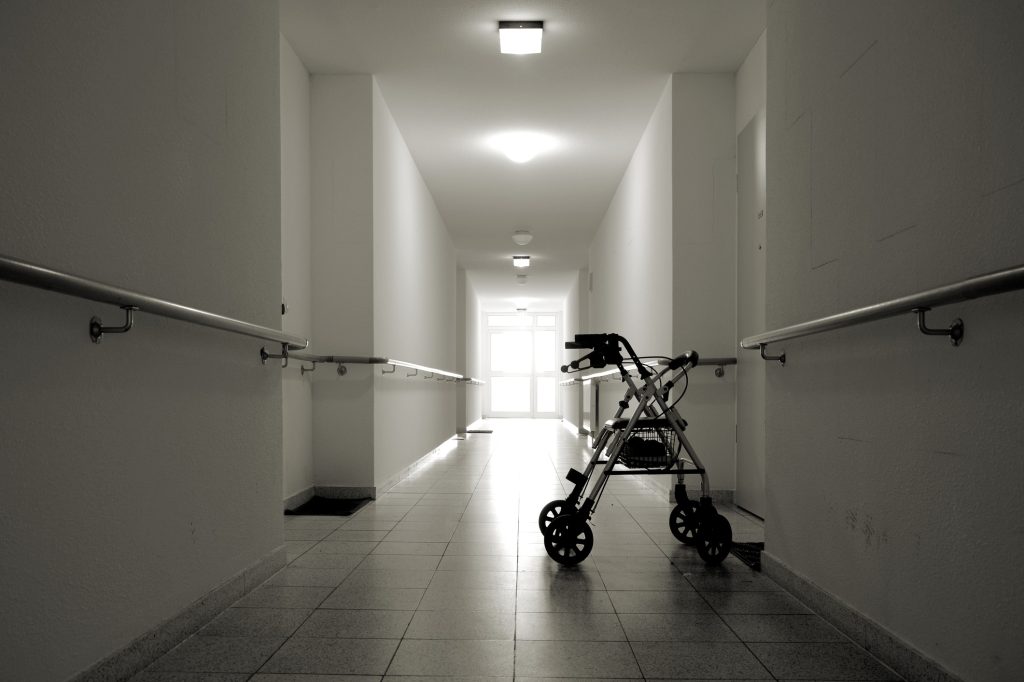Do you have a family member in an American nursing home? Or, perhaps, are you looking at the prospect of moving someone to a facility soon? You might reasonably worry about the quality of nursing home care in the U.S. There’s good news (and ambiguous news) about the quality of nursing home care this week.
Nursing Home Compare
First of all, you might not care as much about the overall quality of facilities. You might reasonably be more concerned about the quality of the facility you are contemplating, or the one where your family member resides.
Perhaps you want to compare the various facilities available in your community, or just gauge the relative local quality. In any of those cases, you can should must use the federal government’s Nursing Home Compare website. It is simple, and the results are informative. It is far from perfect, but it is a truly useful tool for evaluating local nursing home choices.
Nursing Home Compare is run by the Medicare program, which is in turn administered by the Centers for Medicare and Medicaid Services. The Centers are, inexplicably, known as CMS (we’ve long suspected that the Paperwork Reduction Act is somehow involved in the loss of the second “M”). In any event, it is an invaluable resource for evaluating local nursing homes.
Nursing Home Compare, however, has limitations. It relies on state agency data, which means that the quality of the information varies. States, in turn, often rely on facility reports without double-checking. The results can be uncertain, but they are at least a good starting point.
Overall quality seems to be improving
The U.S. Government Accountability Office (the GAO) is a nonpartisan and independent office funded by Congress. It reviews other government agencies and reports to Congress about its findings. It is not beholden to CMS or any other government agency.
What does that have to do with nursing homes? Nothing — or at least not directly. GAO Health Care Director John E. Dicken did, however, testify before Congress last week on general trends in nursing home quality. His report has some reassuring news. Spoiler alert: the GAO says that it appears that nursing home quality may be improving. The CMS oversight role also appears to be improving.
The GAO still has lots of concerns and questions. In his testimony, Mr. Dicken pointed out that the GAO reported on inadequate care — and inadequate government oversight — beginning in at least 1998. Several times since then, the GAO has insisted that the government should be more closely monitoring nursing homes.
The recent testimony acknowledges that nursing home quality appears to be improving. In fact, the GAO authored a 2015 study on nursing home quality that recognized that improvement. It also called for better — and more consistent — CMS oversight.
Instead, CMS has reduced its oversight. It also has continued to rely on self-reported information from the facilities. It has directed the states to use tax withholding information to calculate staffing levels.
“Special focus” facilities
One way CMS tries to monitor troublesome nursing homes is to put them on a special kind of probation: the “Special Focus Facilities” program. The number of nursing homes in the program was reduced from 152 to 62 in 2014. That reduction, though, was primarily accomplished by dropping facilities from Medicare and Medicaid reimbursement if they had not improved after 18 months in the special focus program.
In 2015, CMS complained that it could not improve the oversight of special focus facilities due to budget and staffing cuts. Still, it began to add new facilities — though slowly — and there are about 85 special focus nursing homes today.
Mr. Dicken’s GAO testimony noted that nursing home quality seemed to be improving. He also noted, though, that it is not clear that the improvement is real, since there is so little oversight of the data or its validity.
What about Arizona?
It is worth pointing out that nursing home quality in Arizona seems to be better than in many states. One indicator: the number of Arizona nursing homes in the Special Focus Facilities program. The only such facility is Ridgecrest Healthcare, in Phoenix. It has been on the special focus list for almost two years, but is listed as having shown improvement.
No other nursing home in Arizona is on the special focus list. Ratings for Tucson-area nursing homes, particularly, seem generally favorable — though four receive “below average” or “much below average” reviews.
https://elder-law.com/The Nursing Home Compare tool is very helpful to families looking for a nursing home. Be sure to ask around after you have reviewed the ratings, however — more than a few ratings (both good and bad) appear to us to be undeserved. Better CMS oversight of the reviewing system would indeed be welcome. In the meantime, nursing home quality would be a good topic to submit to a Tucson elder law attorney.



